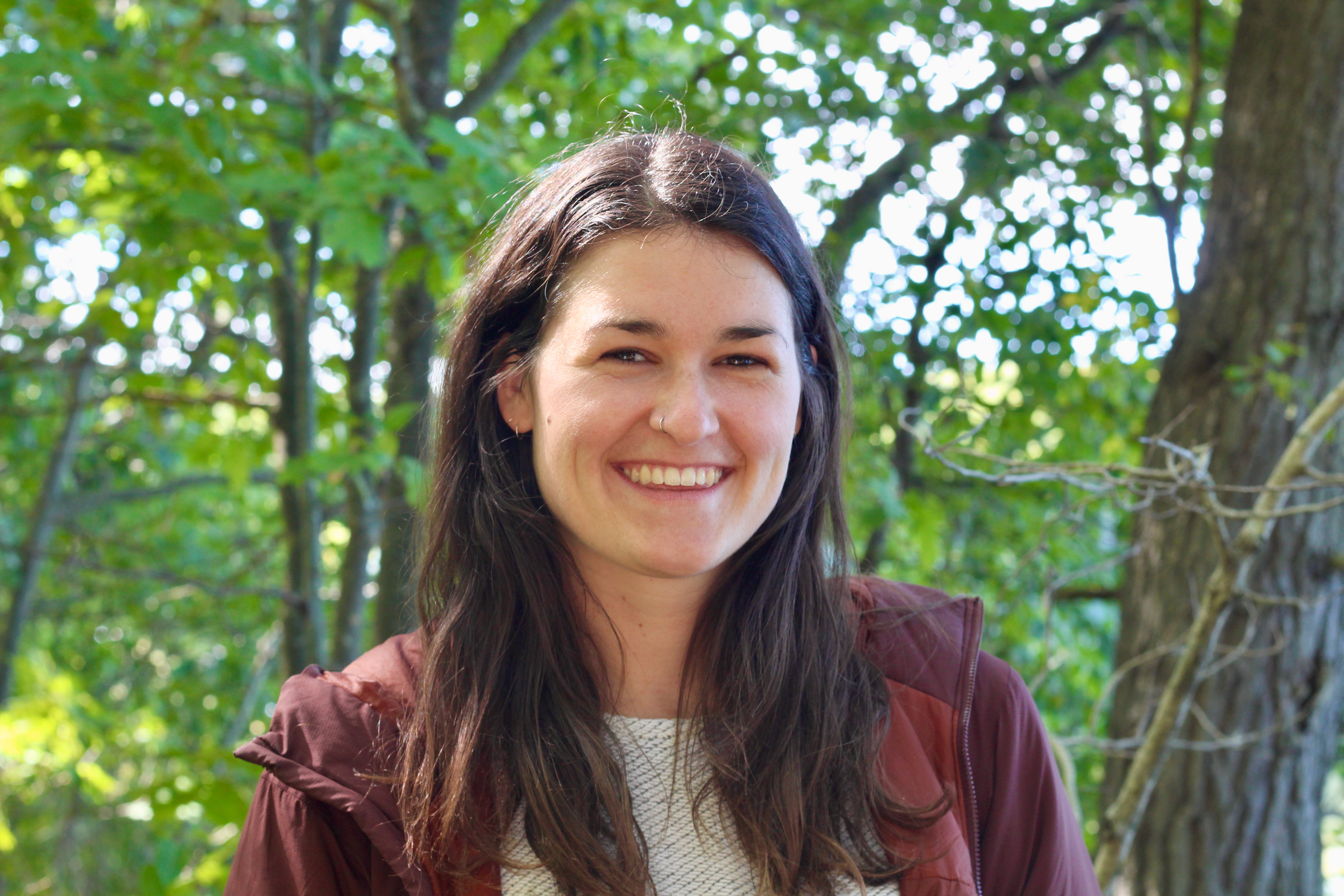Long-term impacts of warming and insect herbivory on plant communities
In a new paper appearing in the journal Ecology, Michigan State University ecologists explore the impacts of warming temperatures and insect herbivory on plants’ biological cycles.
Research from the Spatial & Community Ecology Lab (SpaCE Lab) at MSU examines how biodiversity may be affected by the cascading effects of climate change, as warming temperatures set into motion complex and subtle shifts in ecosystem dynamics.
For example, shifts in temperature and weather patterns may alter when plants bloom and influence the size of an emerging brood of insects. But the ways in which these changes might compound and exacerbate ecosystem challenges are still under investigation.

Graduate students Moriah Young and Kara Dobson, from MSU’s Department of Integrative Biology and Ecology, Evolution, and Behavior (EEB) Program, led this seven-year-long project that seeks to uncover how such interactions could develop.
Across two sites — one at MSU’s W.K. Kellogg Biological Station Long-Term Ecological Research Site (KBS-LTER) and the other at the University of Michigan Biological Station — the team examined both the combined and discrete impacts of warming and leaf herbivory on plant communities.

Some plots were treated with insecticide to deter herbivory. Then, a series of open-top chambers — designed to raise a plot’s ambient temperature — were installed. This combination of treatments provided plots with various degrees of warming and insect herbivory.
Among the factors examined over the next several years by the authors were plant-specific traits, including seed and flower development, and community traits, such as plant biomass and species richness.
They found that as temperatures increased, plants demonstrated a tendency to grow earlier in the year than under non-warmed conditions, but only with added pressure from insect herbivory.
“We found that warming causes plants to grow earlier in the spring, but only when insects are present,” Young explained, adding that, “without accounting for this biotic interaction, we cannot fully understand how climate change will impact plants.”
Additionally, they identified that seed-set, or the process wherein a flower produces a mature seed, demonstrates site-specific responses to warming. For instance, seed set was accelerated by warming at one site, but delayed by warming at another. However, both sites showed that this warming response only occurred in plots where herbivores were removed, providing insight into how biotic and abiotic shifts may intersect and affect one another.
This analysis reveals that warming temperatures and insect herbivory compounded to shift key biological events within plants, including the development of seeds and the timing of plant growth in the spring.
Still, most changes can be attributed to one cause or the other, rather than their co-occurrence, the authors noted.
However, the authors observed high amounts of variation across the 7-year duration of their experiment, demonstrating that these plant responses to warming can vary drastically from year-to-year. “Few climate warming experiments span more than 3 years, and even fewer take biotic interactions, such as between plants and insects into account,” said Dobson
“Our research shows that long-term studies are really essential to uncover the singular and interactive effects of

climate change and species interactions. Although the study was longer than most, we think that even longer studies are necessary to more accurately reflect how plant communities might change due to warming over time,” said Phoebe Zarnetske, Professor in Integrative Biology and EEB, and principal investigator of the study and SpaCE Lab.
“We are continuing this study and another that also includes changes in precipitation.”
Research focusing on the interactions of these ecological subsystems under the increased stress of climate change helps deepen scientists’ understanding of how ecosystems and communities can be altered in drastic ways.
The project was funded by Michigan State University and the National Science Foundation.
Read the full story in The College of Natural Science.



